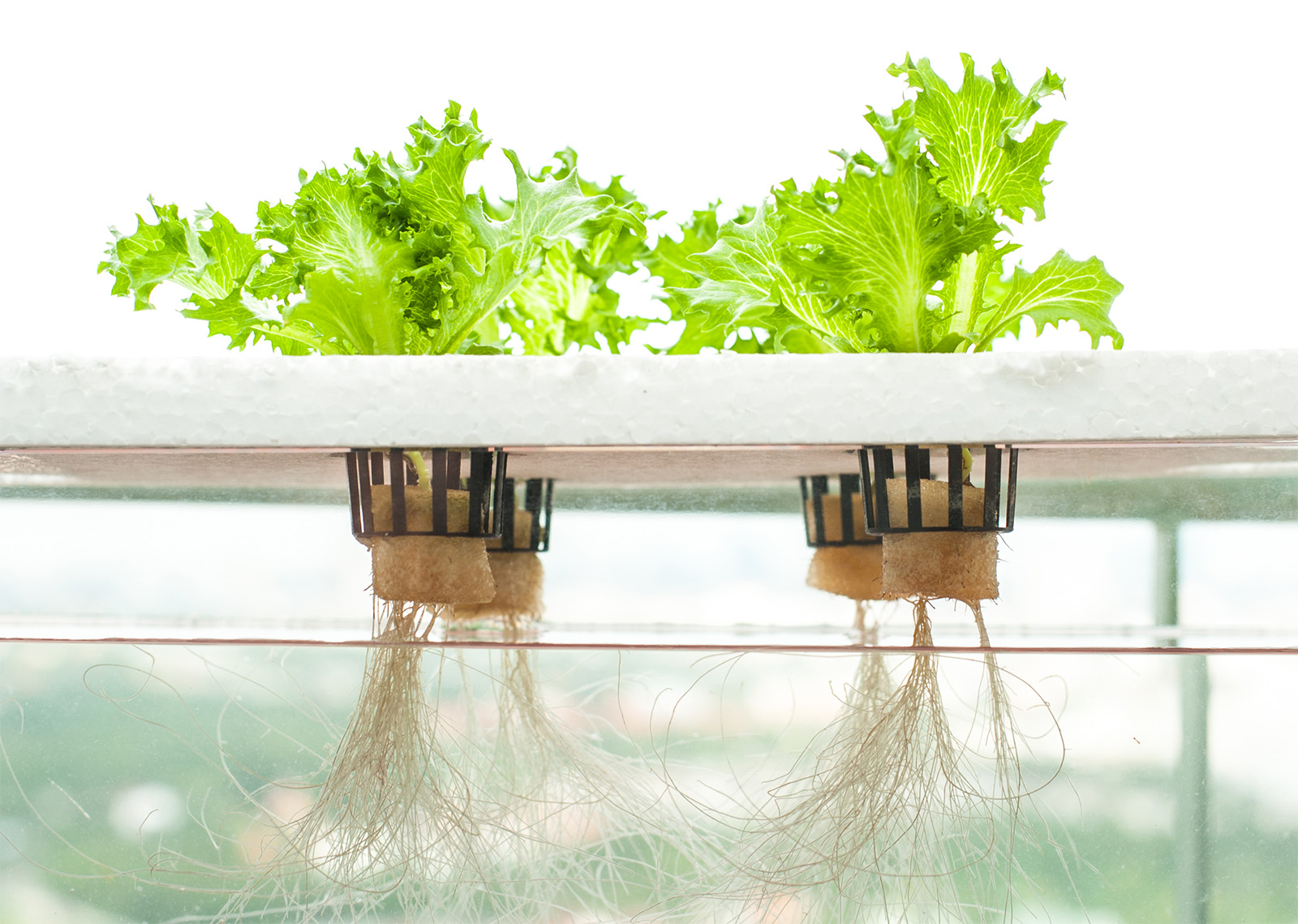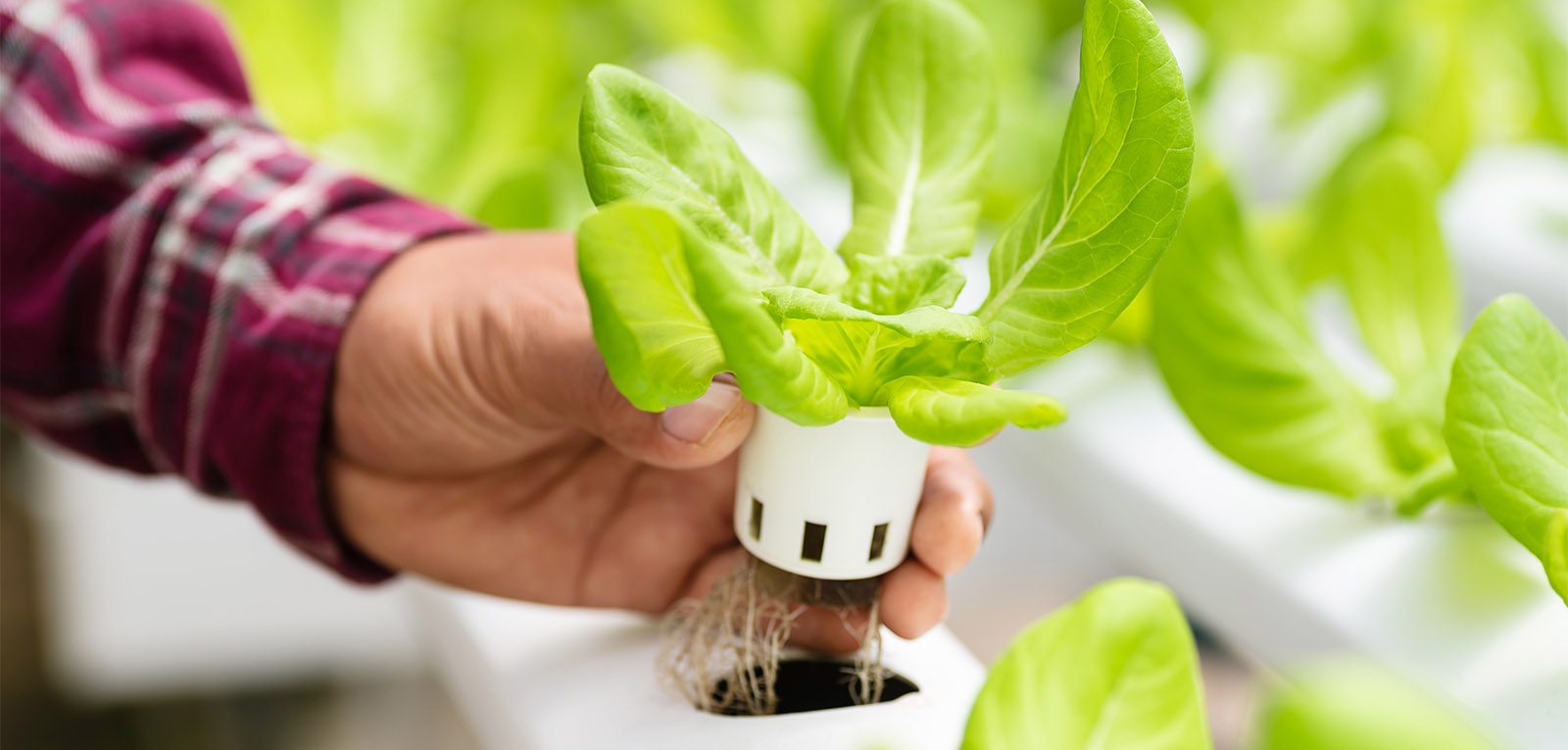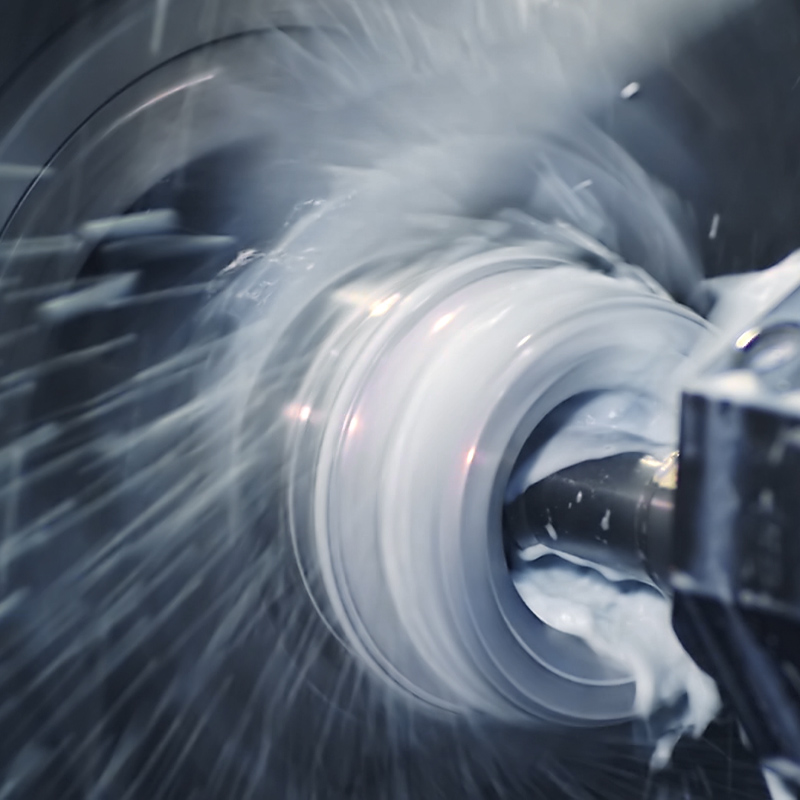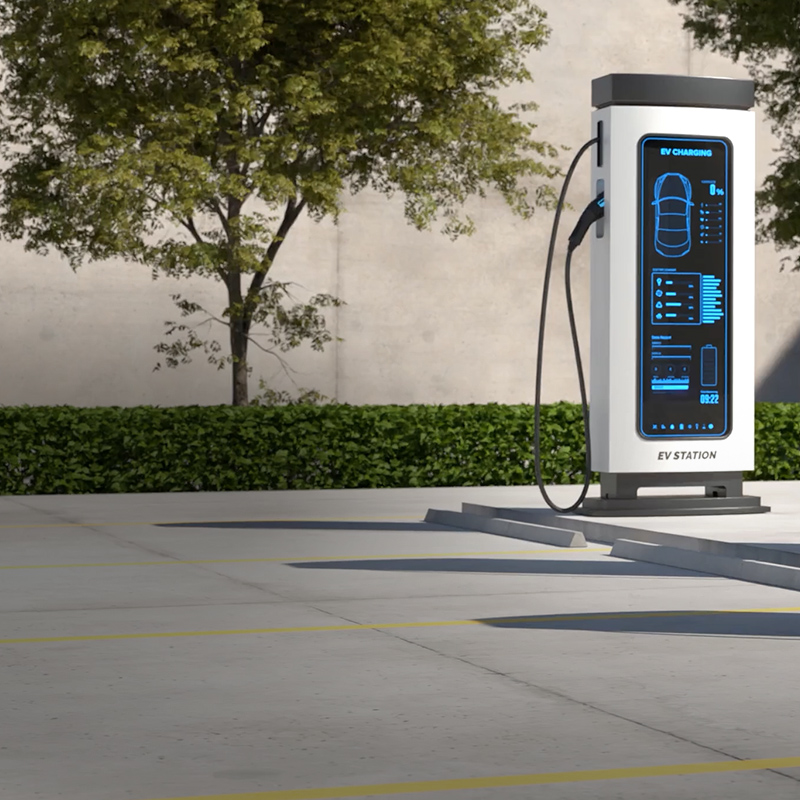
Deep below the metropolis of London, food is growing that could one day supply an entire city.
Here, behind thick concrete walls, the ‘fields’ are stacked on top of each other up to four stories high. Metal sheets full of pea sprouts, radish and coriander are piled in neat columns. The LED lamps on the ceiling bathe everything in a pink light. Via ventilation shafts, a filtration and supply air system feeds the underground farm with oxygen. The fans hum softly as they move the air around the room. But why do we need a farm in the middle of the city, especially 33 meters below ground?
60 harvests in just one year
The vertical fields are far more efficient – in London, six times more efficient than a conventional field. This is mainly because an indoor farm allows you to grow all year round. In conventional fields, this sort of permanent planting would require the intensive use of fertilizers because the vegetables extract their nutrients from the soil. In the British bunker, however, the plants don’t grow in soil. As with most bunker farms, they are cultivated using hydroponics. What at first glance looks like topsoil is actually a carpet made from recycled materials that simply provides stability. The roots of the plants are exposed and are surrounded by water.
Care is taken to ensure that the roots receive sufficient oxygen to prevent them from rotting and the water flows in an almost closed circuit. In this way, it is possible to reduce water consumption by up to 70 percent. All that is added is the nutrients that the plants need for growth. This year-round cultivation is possible because farmers are able to define the optimum environmental conditions. To do this, they use a greenhouse computer to control lighting, temperature and humidity. The light-emitting diodes with their pink light provide the lettuce heads with exactly the same red and blue light waves that they would normally get from the sun. The air supply is regulated by the ventilation system and the farmers can immediately react to any deviation from the ideal value. British leafy vegetables thrive in fairly damp conditions, with a moisture concentration of around 50 to 60 percent and a temperature of about 15 degrees Celsius. This enables the plants to carry out photosynthesis 24 hours a day and obtain the energy they need to grow. The air-raid shelter provides optimal growing conditions and protects the vegetables from the effects of the weather. Storms, floods or drought are the most common reasons for crop failures – but that is not all.

Each of the small plants must be carefully heked and tended.








